Indonesia Gold Mantenin Coffee producing area introduction of raw bean treatment baking cup measurement of hand brewing parameters of cooking utensils
Professional coffee knowledge exchange more coffee bean information please follow the coffee workshop (Wechat official account cafe_style)
For more boutique coffee beans, please add private Qianjie coffee on Wechat. WeChat account: qjcoffeex
PWN GOLD Mantheling
Golden Manning
| 01 | production area profile |
The main producing areas of Indonesian coffee are Sumatra, Java and Sulawesi, among which Mantenin from Sumatra is the most famous.
Mantenin is also known as Sumatran Coffee, North Sumatra produces mostly Gayo, Lake Tawa, which is dominated by ateng varieties, can be called Aceh Coffee or Lake Tawa (Tawar lake) Coffee, and South Sumatra Lindong Lintong and Lake Toba lake can be called Mantenin. Lindong is the producing area of Mantenin, and the best mantenin varieties have four varieties: Sidikalang, Bergendar, Siborong borong and Telok Sanggul.
Lake dopa, located in the central part of North Sumatra, was moved northward to Lake dopa by Dutch colonists in 1888, creating a modern Mantenin legend.
Lake Tawa is located in the middle of the Aceh Special Administrative region. Located at the northern tip of Sumatra, the area is less than 1/10 of Lake dopa. However, the quality and output of coffee have surpassed that of Lake dopa in recent years.
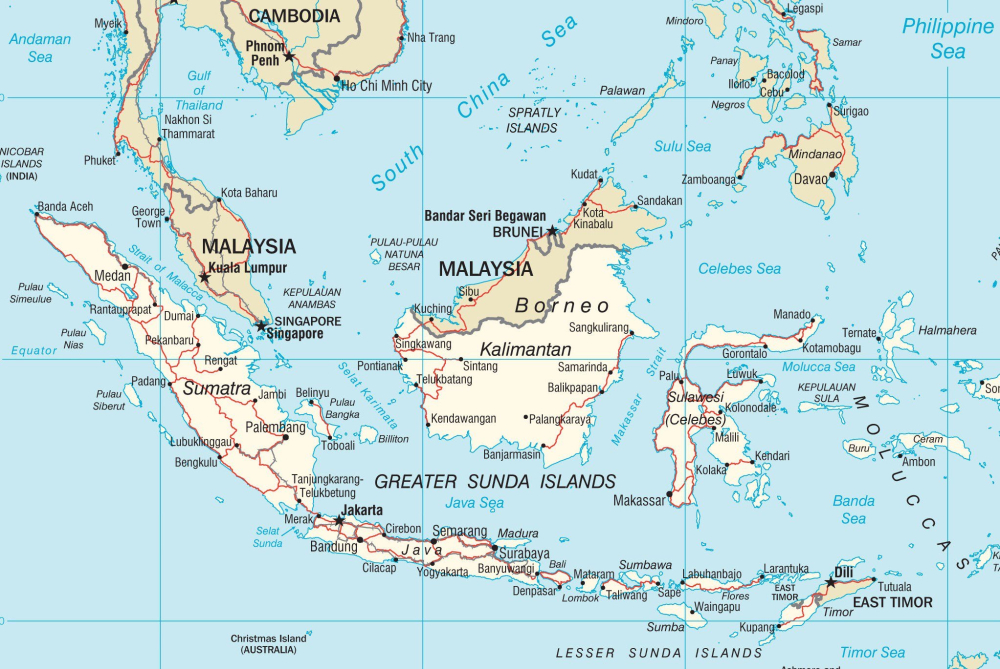
The Gayo Mountains are located in the Aceh-producing region of the northern province of Sumatra, where most of the coffee farmers working in Gayo are local farmers. The word Gayo comes from tribes in Aceh, Indonesia. This area has ideal growth conditions, long history and culture and unique flavor. The region widely uses organic methods to grow coffee without chemical fertilizers, and is considered to be the world's green coffee production region. Therefore, Gayo coffee is often called green coffee and Gayo organic coffee.
What is Golden Manning?
When it comes to Golden PWN, the acronym is often mixed with the name of Manning Coffee, which is actually a company's acronym Pwani Coffee Company.
This company is a very famous local coffee acquisition company in Indonesia, mainly buying Mantenin Coffee. It has acquired almost all the best producing areas in Indonesia, so most of the beans produced by PWN are unique boutiques.
Gold Mantning is the product produced by this company. After the acquisition of raw beans, the beans are selected by machine and more than 3 times by hand to pick out full and flawless beans. Finally, these beans can be divided into Golden Manning as if they had been selected layer by layer in a draft.
The purpose of machine selection is to screen out that the specification of beans must be more than 18 mesh, and the follow-up multiple labor is to eliminate irregular defective beans. The reduction of defect rate greatly improves the quality of Mantening coffee.
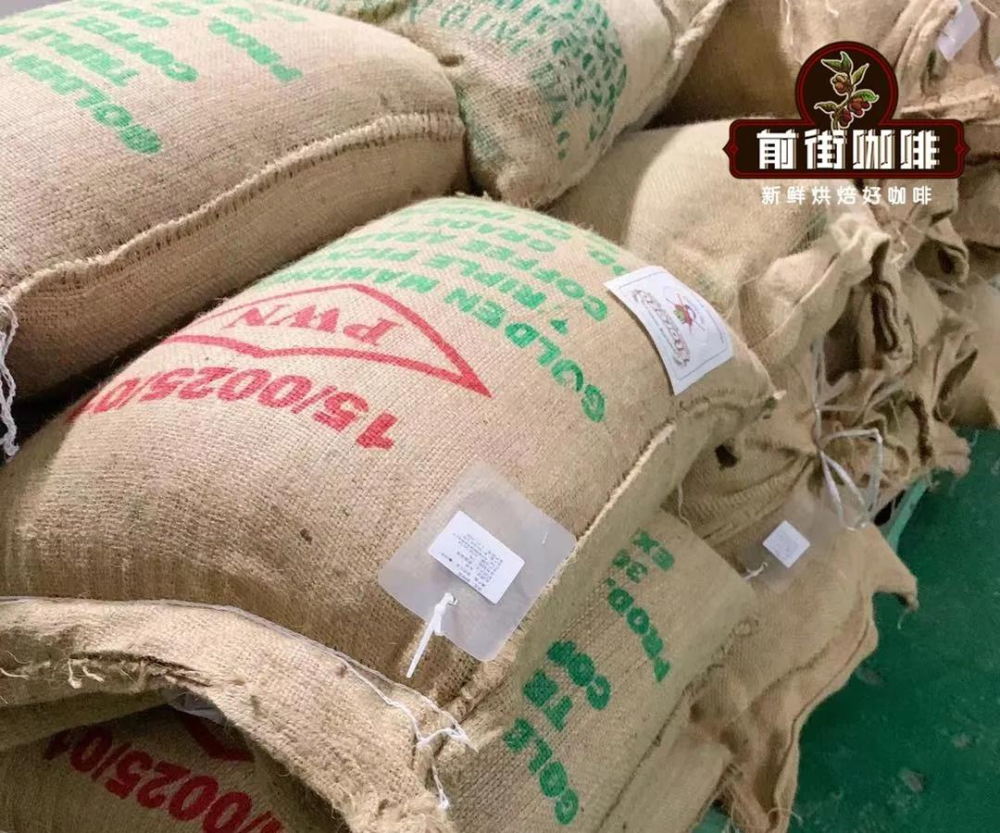
However, PWN registered the gold manning as a trademark, that is to say, only the gold manning produced by PWN can be regarded as the real gold manning. Many of the beans on the market that are not made by PWN and hang the gold manning brand should actually be called boutique manning.
The gold Manning coffee beans sold on Qianjie Coffee come from PWN. The store in front of the street can see the certification certificate issued by PWN, as well as the raw bean purchase bag printed with PWN.
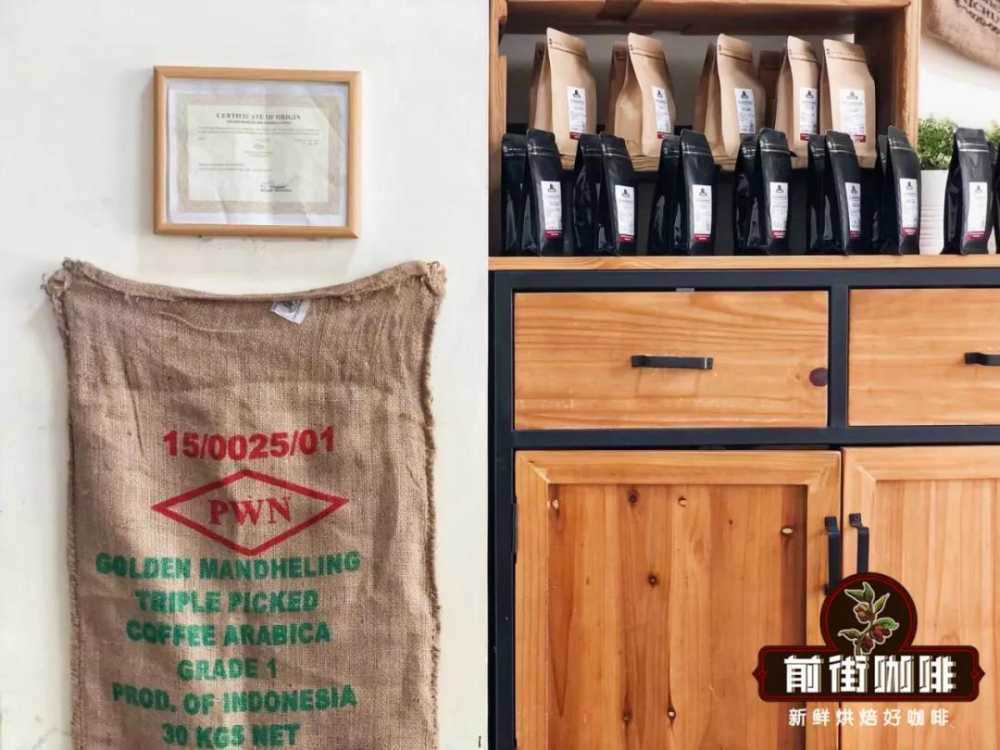
02 | processing method
Wet planing, also known as wet shelling Wet Hulling, also known as Giling Basah in the local language, is a traditional Indonesian coffee treatment. Judging from the name alone, the wet planing method is very similar to the wet treatment (water washing treatment). However, the cup flavor of the two treatments is very different. The coffee treated by the wet planing method is usually mellow and strong, and the personality is very distinct.
Steps of wet planing treatment
① removes peel and pulp and retains parchment and mucous membrane.
② tank fermentation
③ washing off mucous membrane
④ with parchment is sun-dried for 2-3 days to 20-24% moisture content.
⑤ scraped off the parchment
⑥ dries raw beans to 12-13% moisture content.
⑦, prepare for exit.
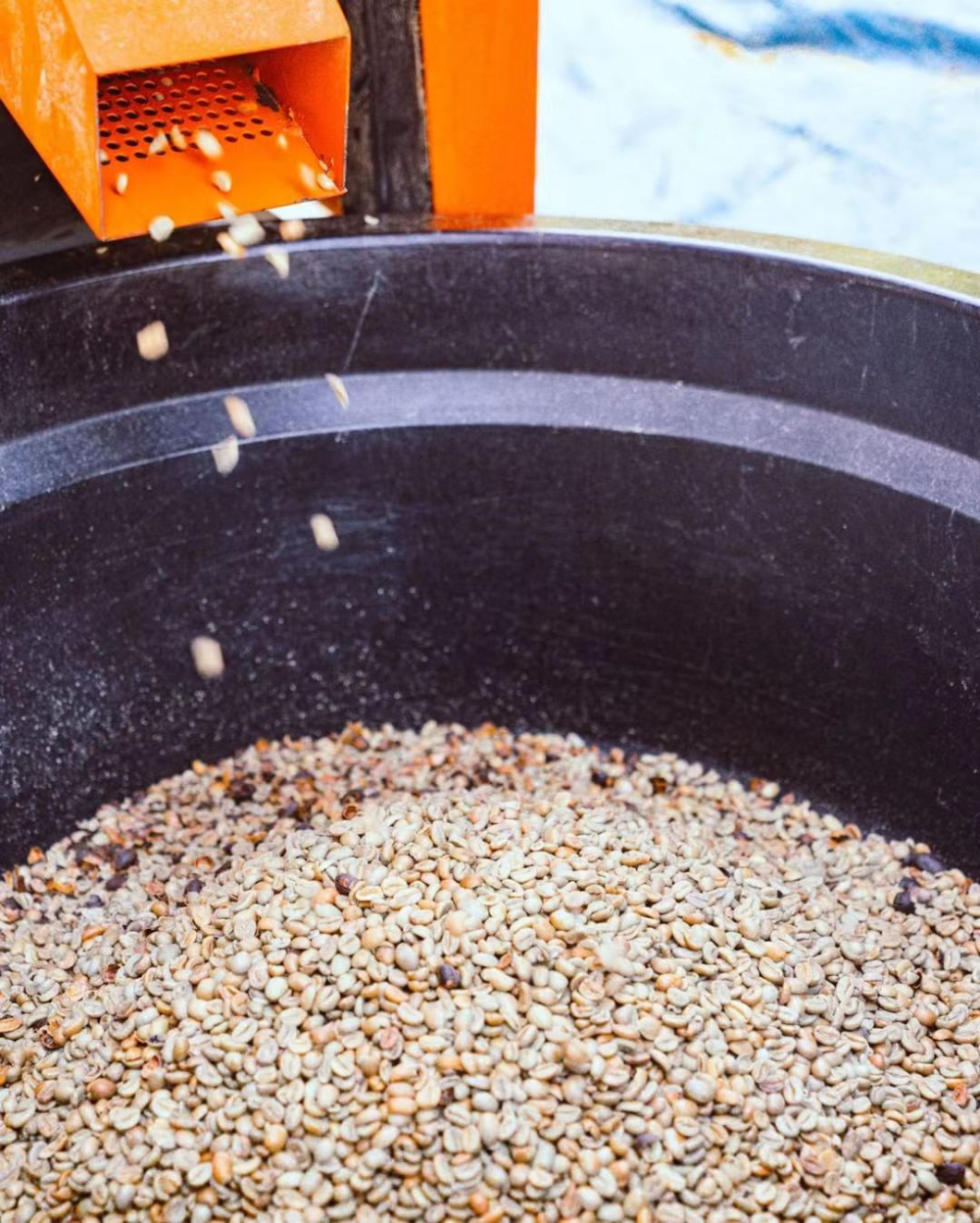
Why do you use wet planing?
a. Climatic reasons
The tradition of using wet planing in Indonesia starts with the local weather. Humidity in Indonesia is between 70 and 90 percent all year round, typhoons continue, and in some areas, annual rainfall can reach as much as 2000mm. You know, raw beans are most afraid of Rain Water. How did Indonesia overcome such bad weather conditions to produce rich and mellow Mantenin coffee? That is to rely on wet planing.
In tropical climates, coffee takes an average of 2-3 weeks to dry. In such a humid climate in Indonesia, dry coffee has become a big problem. Coffee must take longer to dry, during which time the coffee still maintains a high humidity, making it easier for bacteria to soak into raw coffee beans.
In the process of ordinary washing, the drying process is carried out with parchment to protect raw beans from external damage to a certain extent. However, we can note that the wet planing removes the parchment for the final step of drying, so that the sun shines directly on the surface of the raw beans, causing the coffee beans to dry quickly, 2-3 times faster than washing.
b. economic performance
In the 17th century, Dutch colonists first introduced coffee to Indonesia. This group of colonists sought more and faster economic returns. Wet planing greatly shortened the time spent on the farm and greatly reduced the cost of labor. This coincides with the mentality of investors who pursue quick profits and reduce costs. This is also a reason to promote the wet planing method.
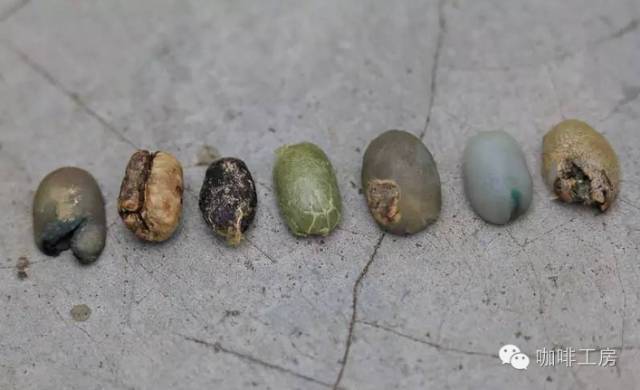
c. Defects and kuku kambing (Bauhinia)
When the parchment is removed by wet planing, the water content of coffee is still as high as 20-24%, while in general treatment, the water content of coffee is reduced to 10-12% before shelling. In the semi-dry state, parchment will adhere to the surface of raw beans, it is more difficult to remove parchment than fully dry, and the shelling process requires more friction.
But on the other hand, semi-dried coffee beans are very fragile at this time, far less hard than fully dried beans, so beans are more likely to be squeezed and form a small gap. This is what we often call horseshoes or sheep's hoof beans (locally known as kuku kambing).
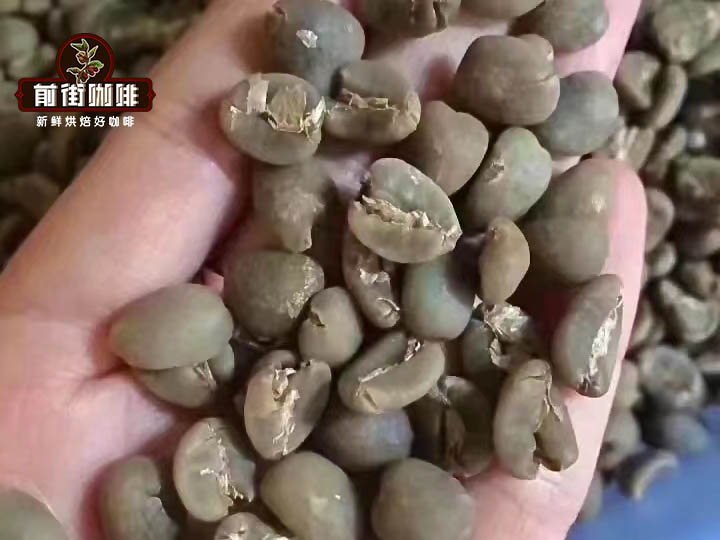
The super speed of wet planing also causes Manning to have higher defects. Employees will be arranged to carry out manual selection of defects in the processing plant, usually with DP (second hand selection) and TP (third hand selection). After three times of hand selection, Mantenin will be better than the second hand selection in the defect rate.
The flavor of wet planing, apart from those slight differences, we generally think that wet shaved beans have the taste of soil, tobacco and chocolate, and the sour taste is called low acidity, mellow and dull.
Low acid comes from a shorter, weaker fermentation process and a longer drying time, if you forget the wet plane fermentation, turn back and have a look. As for the flavor such as the earthy taste of wet shaved beans, there are different opinions. Some people say that this is related to the beans selected in the wet planing-related producing areas (Tim & Kadim: with Rob pedigree), some people say that this is the result of the organic interaction between raw beans and the outside world, and some even say that it is because there are too many defective beans.
03 | Analysis of raw beans
PWN Gold Manning Gold Mandheling Raw Bean
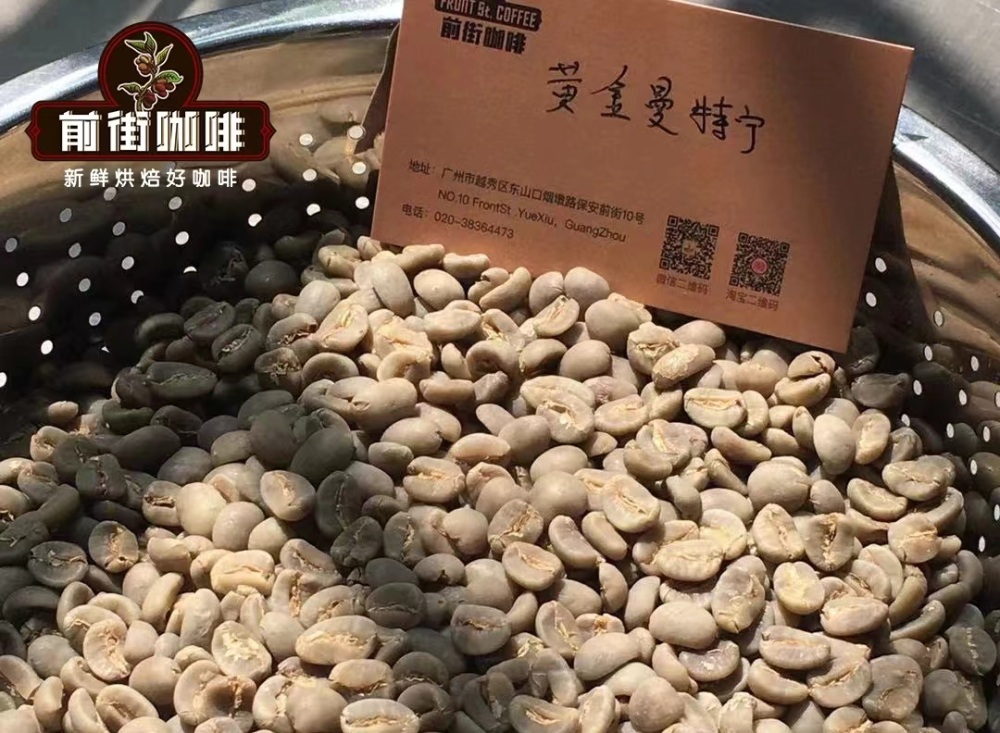
Front Street Coffee-PWN Gold Manning Coffee Bean
Producing area: Mount Jiayu, Aceh Province, Sumatra, Indonesia
Company: PWN Pwanni Coffee Company
Altitude: 1100-1600m
Grade: G1 three times hand-selected
Treatment method: wet planing treatment
Qianjie coffee chose to add beans before the second explosion, retaining a little soft acidity. Taste high sweetness, rich and mellow, flavor: baked toast, pine, caramel, cocoa, slightly herbaceous soil flavor.
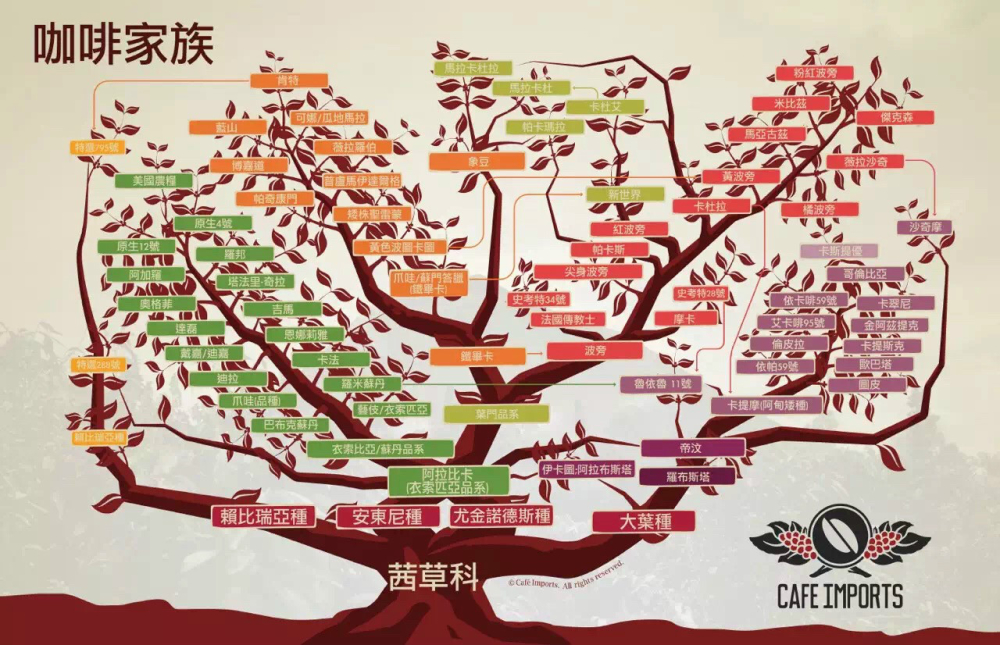
Sumatran coffee is a wonderful presence in the boutique coffee system. You see, the famous Mantenin, in fact, it is not the name of the producing area, nor is it the name of coffee beans, and even the sources of its beans are so messy.
04 | Coffee varieties commonly seen in Indonesia
Ateng (Ateng)
It is a hybrid between Arabica and Robusta, with several subtypes, widely cultivated in Sumatra and other Indonesian islands. To put it bluntly, it is a branch of Catimor (Katim). Ateng is a local name.
Ren Ma (Djember)
Djember is a place name in Sumatra checked by Baidu. It looks like a mystery, but in fact, the breed is Smuri 795. Because the bean seed was spread to the island by Jember Coffee Reseach Center, the local people call it this name.
What is Smur795? It was developed by Indian botanists crossing the tin card mutant Kent (Kent) with Smuri 288.
What is Smur288? It is a natural hybrid of Arabica and Liberica.
Tim Tim
Tim Tim is a bean from Indonesia. Because of its long shape, many people call it Ma Mian Dou, and some people call it long Manning. In fact, tim tim is not a purebred bean, but a natural hybrid between Arabica coffee and Robusta coffee.
This variety was discovered on timor Island in the 1940s and was cultivated because of its natural disease resistance. In America this variety is called Hybrido de Timor, or Tim Tim for short, and in Indonesia it is also called Bor Bor.
05 | Baking analysis
Qianjie Coffee noticed that Golden Manning is a raw bean with more water, which has a higher difference in moisture with sun beans, so pay special attention to dehydration. Raw beans with high moisture content can be tasted and put into raw beans. Immediately close the throttle, steam for 30 seconds and then open to 3, until the color of the raw bean becomes light green or white, open the throttle to 4, explode and open to 5 (maximum).
Qianjie coffee is recommended to record the data before roasting, the water content, density, origin, treatment method, ambient temperature and humidity in the baking room, etc., and plan your baking curve. Recording the chemical and physical changes during the baking process will help you better understand the final baking results and help improve the baking curve.
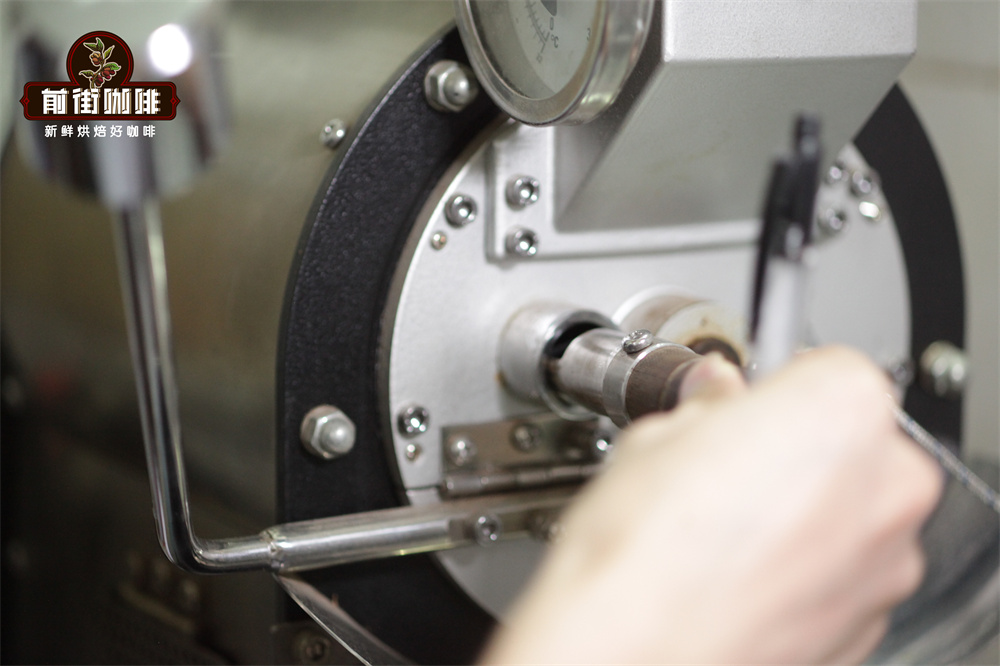
Bake the curve:
Put the furnace temperature to 200 degrees Celsius, adjust the firepower to 160 degrees after opening the throttle for 1 minute, keep the throttle unchanged, bake to 148 degrees, the bean watch turns yellow, the smell of grass disappears completely, dehydration is completed, the firepower is adjusted to 140 degrees, and the throttle is changed to 4 degrees.
In the 9th minute, ugly Hu wrinkles and black markings appeared on the bean table, and the smell of baked bread obviously changed to coffee, which can be defined as a prelude to an explosion. At this time, listen clearly to the sound of the explosion point, to the beginning of an explosion, adjust the firepower to 60 degrees, and the throttle is fully open (the firepower should not be so small that there is no bursting sound), and put the pot at 204.5 degrees.
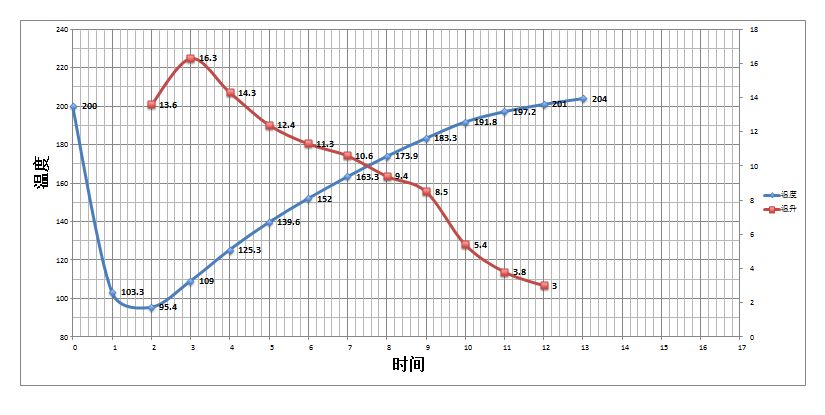
Cup test report:
Qianjie coffee after a cup test found that PWN gold mantenin tastes cleaner than Lindong mantenin, Mantenin's original herbal, earthy and woody flavor is almost gone, but caramel sweet flavor is stronger, fruit acidity is also more bright and elegant. In general, Lin Dong Mantenin had better bake until the second explosion before coming out of the oven, which can effectively reduce the miscellaneous smell, but the gold Mantenin has good transparency and sweetness before or after the second explosion, and the baking interpretation space is wider.
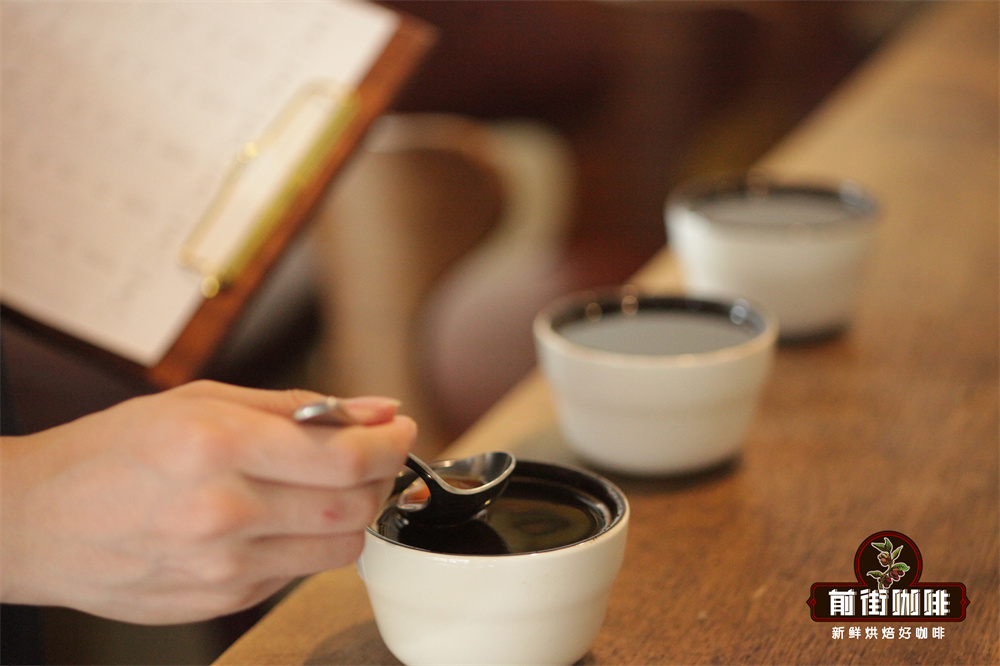
06 | Cooking analysis
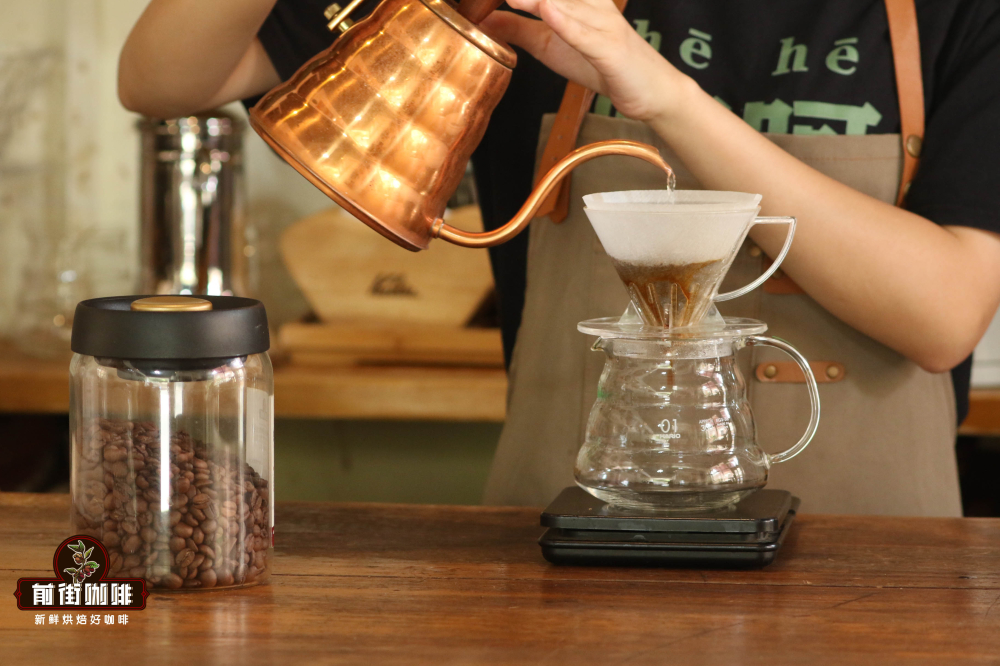
Qianjie Coffee sells PWN gold Mantenin coffee beans, roasted to a medium-deep degree. In order to give you a more complete coffee flavor, all coffee beans sold are issued within 5 days after baking, ensuring 100% fresh roasting.
The dewatering rate of medium and deep baked beans is generally higher, so the weight is relatively light, and the powder does not sink completely at the bottom when cooking, and the injected water will be absorbed immediately at the beginning, because the exhaust powder is surrounded by bubbles, and the more fresh the beans in these channels, the longer the maintenance time, so that the water level drops rapidly. I usually use thick water to circle slowly.
1. Filter cup: KONO
two。 Water temperature: 88 degrees
3. Degree of grinding: medium and coarse grinding (China 20 standard screen screening rate 70%)
4. Baking degree: medium and deep baking
5. Coffee powder: 15g
6. Ratio of powder to water: 1:15
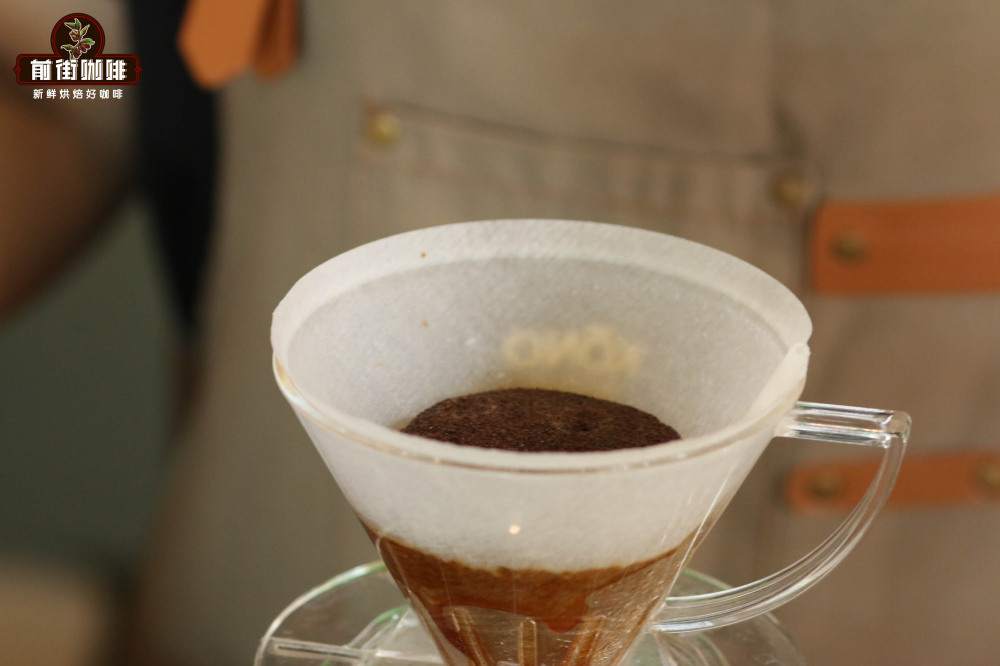
Step-by-step water injection: wet the powder bed with twice as much water as coffee powder to form a drum and steam for 30s, then small water flow from inside to outside to 125g, wait for the powder bed to drop to the position of half of the filter cup, continue to inject the same fine water into the third section to 225g, until all the coffee liquid has been filtered and remove the filter cup for about 2 minutes. Finally, the coffee liquid in the shaker can be enjoyed.
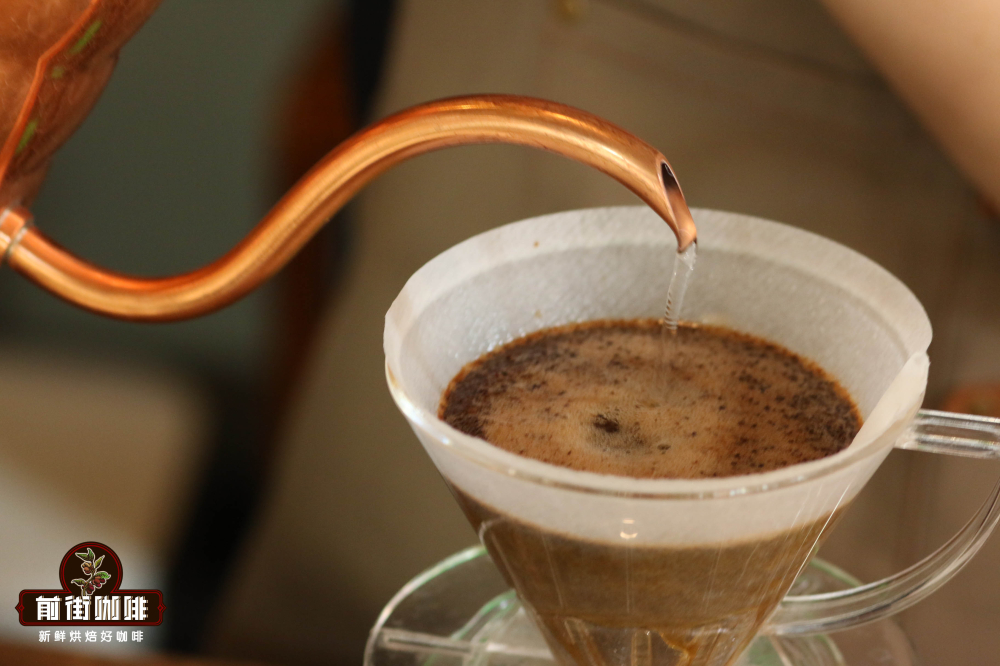
Hand-brewed PWN Gold Manning Coffee is varied, full-bodied and clean. Nutty and caramel aromas with chocolate aromas, long-lasting finish and high balance.
Important Notice :
前街咖啡 FrontStreet Coffee has moved to new addredd:
FrontStreet Coffee Address: 315,Donghua East Road,GuangZhou
Tel:020 38364473
- Prev

Starbucks Coffee is a new product in March-White Coffee Series Cold brewed Coffee & Hawaiian Volcano Bean Star Frappuccino
Professional coffee knowledge exchange more coffee bean information please follow the coffee workshop (Wechat official account cafe_style) Starbucks coffee beans-Starbucks coffee machine-Starbucks coffee how much is Starbucks coffee price list 2018 Japan starbucks Starbucks coffee in addition to the launch of cherry blossom cups, but also launched a variety of products. For example, two series of white coffee drinks were launched in March, cold coffee & Hawaii.
- Next
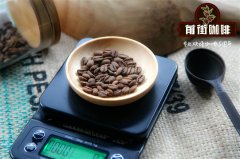
Why is the price of four of the world's most expensive coffee, civet coffee, so high?
Professional coffee knowledge exchange more coffee bean information please follow the coffee workshop (Wechat official account cafe_style) civet coffee | does the legendary Indonesian Kopi Luwak taste good? when it comes to Kopi Luwak, Cambodian civet coffee is equated with expensive, and coffee lovers are flocking to it. These coffee beans are expensive not only because of the low yield, but also because the animals are in the process of digestion.
Related
- Detailed explanation of Jadeite planting Land in Panamanian Jadeite Manor introduction to the grading system of Jadeite competitive bidding, Red bid, Green bid and Rose Summer
- Story of Coffee planting in Brenka region of Costa Rica Stonehenge Manor anaerobic heavy honey treatment of flavor mouth
- What's on the barrel of Blue Mountain Coffee beans?
- Can American coffee also pull flowers? How to use hot American style to pull out a good-looking pattern?
- Can you make a cold extract with coffee beans? What is the right proportion for cold-extracted coffee formula?
- Indonesian PWN Gold Mandrine Coffee Origin Features Flavor How to Chong? Mandolin coffee is American.
- A brief introduction to the flavor characteristics of Brazilian yellow bourbon coffee beans
- What is the effect of different water quality on the flavor of cold-extracted coffee? What kind of water is best for brewing coffee?
- Why do you think of Rose Summer whenever you mention Panamanian coffee?
- Introduction to the characteristics of authentic blue mountain coffee bean producing areas? What is the CIB Coffee Authority in Jamaica?

